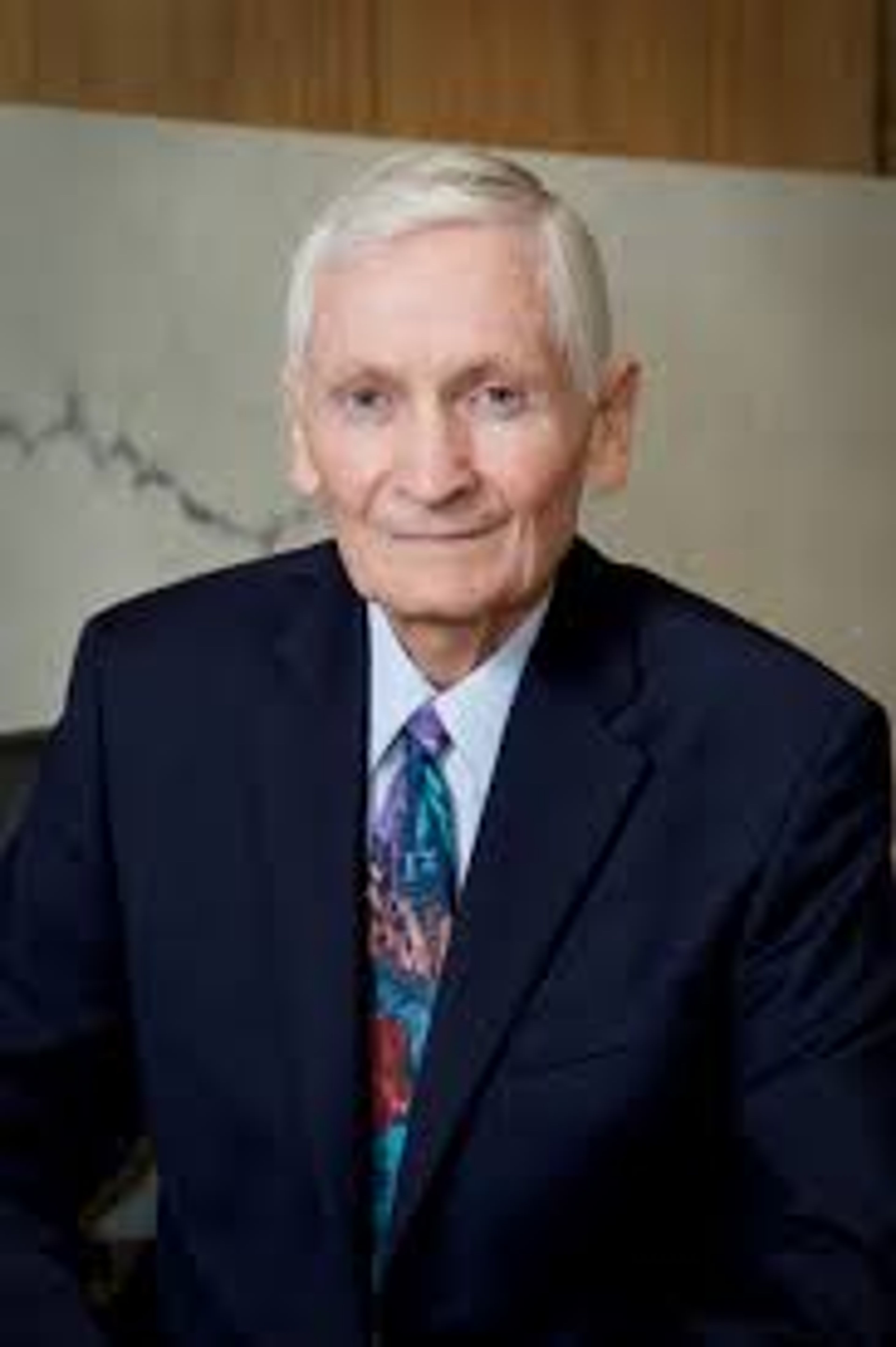In "The gloomy global warming gang is no fun," Ed Iverson attempts to undermine the recent report by the Intergovernmental Panel On Climate Change, ignoring hard science regarding historical, present and projected CO2 levels, and implying the IPCC suppressed evidence regarding the Medieval Warming Period and the Little Ice Age, mocking efforts to mitigate human impacts on global warming. A Science magazine article (Nov. 25, 2005: Vol: 310), giving results of studying atmospheric samples trapped in Antarctic ice cores dating back 650,000 years, reveals that current CO2 levels of 380 parts per million are 27 percent higher than the high point of 300 ppm during this period, according to Thomas Stocker of the University of Bern in Switzerland. This 650,000-year period covers numerous ice ages and interglacials. Consider that pre-industrial CO2 levels were 270-280 ppm, and that the current increase to 380 ppm is almost entirely due to human activity. If CO2 output continues to increase due to human fossil-fuel use, as it currently is, atmospheric CO2 levels will rise to around 500 ppm by around 2100. According to Professor of Earth and Planetary Sciences Daniel Schrag, director of the Harvard University Center for the Environment, who accepts the 500 ppm figure for the projected human-caused CO2 increase in the next century, the last time atmospheric CO2 levels were that high was 55 million years ago during the Eocene, when ocean levels were hundreds of feet higher due to the absence of polar ice caps. I recently listened on C-SPAN as IPCC scientists addressed questions from a member of the U.S. Congress in hearings held Feb. 8, about the Medieval Warming Period and the Little Ice age answered frankly and expertly. Iverson's claims that the evidence of these recent climate periods is suppressed because this evidence contradicts human induced climate change theory are unfounded. On June 14, 2000, in U.S. Congressional briefings on global climate change, under the auspices of the U.S. Global Change Research Program, Texas A&M University's Dr. Thomas J. Crowley presented evidence that the Medieval Warming Period and the Little Ice Age can be explained by variations in solar output and volcanic activity, but that these variables do not explain late-20th-century warming. We hear variations of Iverson's skeptical theme that natural climate change explains the current warming trend, not human impacts. But what if natural climate change variables should be cooling our planet? Why is this possibility not widely considered by the skeptics of human -induced global warming? The climate model theory put forward by William F. Ruddiman, Professor Emeritus at the University of Virginia, in Scientific American, March 2005, focusing on the precession of the equinoxes and solar output influencing methane and CO2 releases, coordinated with ice ages and interglacials over hundreds of thousands of years offers compelling evidence. But his findings suggest we should be entering another cooling period. Human-induced variables that warm the climate are overcoming natural climate change. In effect, human activity is now stopping the next ice age, as we begin to induce temperatures on Earth far above the moderate temperatures seen during interglacial periods for tens of thousands of years. Unless a mitigating variable like an asteroid impact or large-scale volcanic activity intervenes, we have merely decades to lower CO2 output in absolute amounts, sequester atmospheric CO2, or block solar energy by artificial means, or radical climate change will occur if atmospheric CO2 levels reach 500 ppm or higher. The scientific evidence is compelling. Iverson's anti-scientific skepticism, which is hampering efforts to stop human impacts on global warming, is likely to be viewed by history as not very laughable. Ted Moffett has a bachelor of science degree in philosophy from the University of Idaho and lives near Troy.







